The Amazing Art of the Topiary
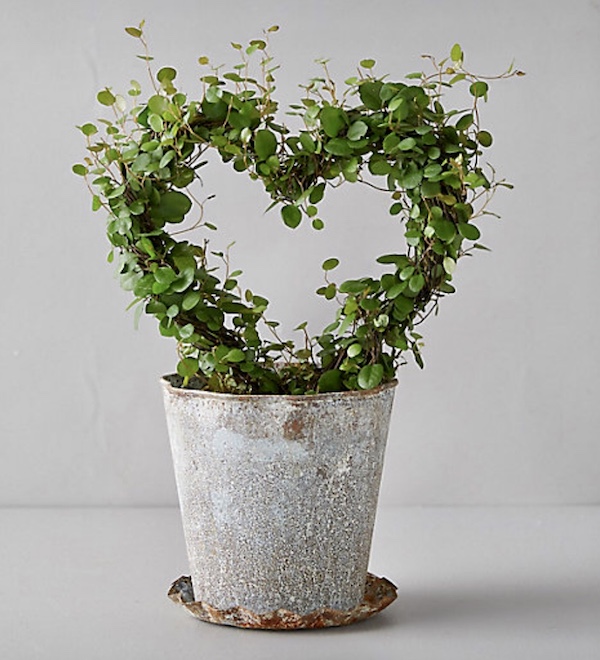
Topiary is the art of clipping shrubs, trees, and vines into shapes. Topiaries have been around since Roman times, when they became popular during the reign of Julius Caesar. These living sculptures took the shape of animals, obelisks, hedges and more. It wasn’t until the 1600s that topiaries became popular once again. Formal gardens with shrubs clipped in geometric formations and mazes were fashionable. While interest in topiaries ebbed and waned over the years, they became popular again during the Victorian era, when the rage for formal gardens returned. Today, topiaries can add curb appeal to your home, and provide an artistic accent to your home and garden.
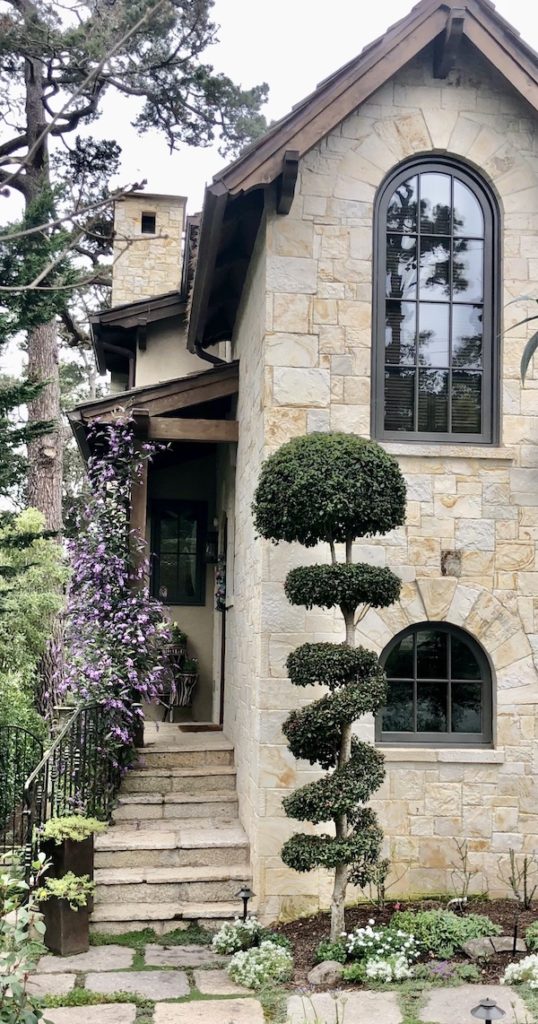
It’s easy to create a topiary. The first thing you need to do is decide what shape you would like. Typical shapes are a cone, spiral, single, double, or triple ball, and animal shapes. It’s best to start with a simple shape if you are new to topiary design.
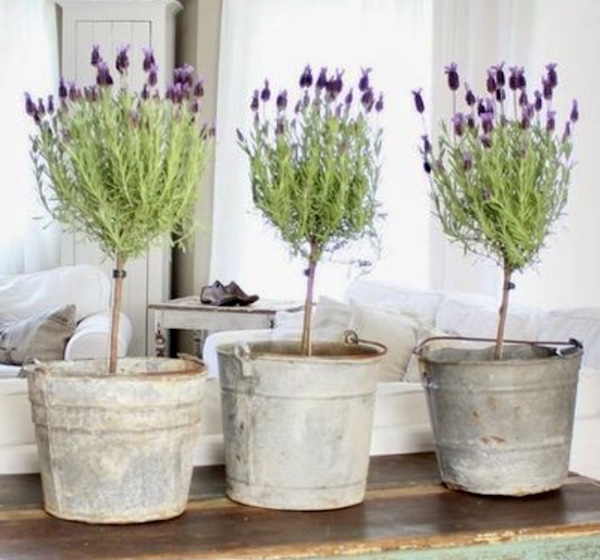
There are many plants that work great for topiaries. The best have small leaves, grow quickly, have dense foliage, and are easy to prune. Large topiary plants include yew, boxwood, holly, laurel, and privet. Small topiary plants include lavender, germander, rosemary, thyme, creeping fig, angel vine, and English ivy.
To grow vines such as ivy, angel vine, or creeping fig, it is best to have a form that it can pinned or wired to. It’s easy to create simple wire forms using single light gauge wire or even chicken wire. Simply cut the and bend the wire into the shape you want, then place into a container. You can also purchase pre-made topiary forms online. Wind the stems of the plant around the forms or attach them with pieces of florist’s wire.
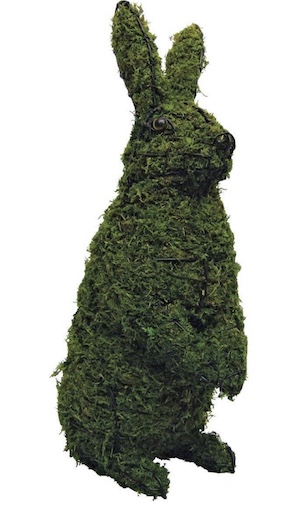
You can also use foam, garden sculptures, and even stuffed animals! Cut enough chicken wire to fit over the object. Use florist’s wire to finish off the seams, but leave a hole so you can remove the object. Leave the bottom open, then place over the plant you have chosen. You can also fill the form with sphagnum moss to give your topiary a bit of shape while your plant grows and fills in the gaps.

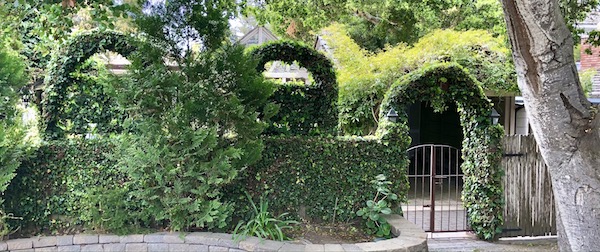
After you create your topiary, you will need to clip it regularly to keep it in shape. The more complex the design, the more frequently you will need to trim it. It is good to have a pair of topiary shears for optimal shaping work on smaller or more complex topiaries.
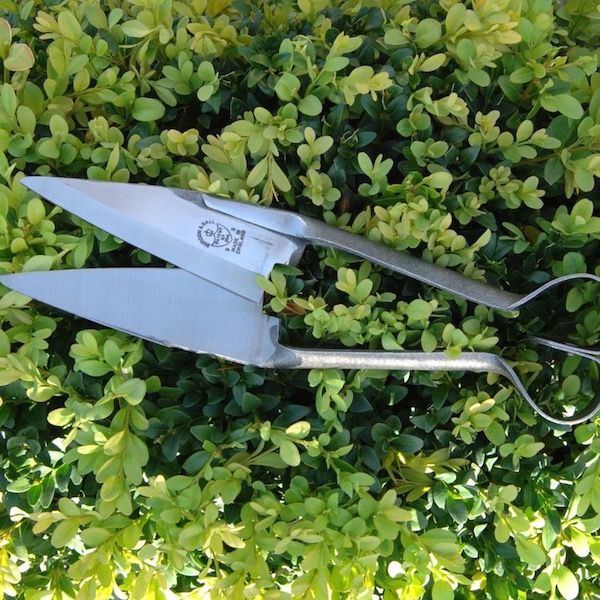
Thank you for visiting my blog! Topiaries are so much fun! I smile every time I see my cat topiary. And that’s what topiaries should be all about. You may also enjoy Flowers & Other Stories: Spring Gardens I Love and Have a Seat: Garden Bench Inspiration. Wishing you peace, love, happiness, & beautiful vistas!

